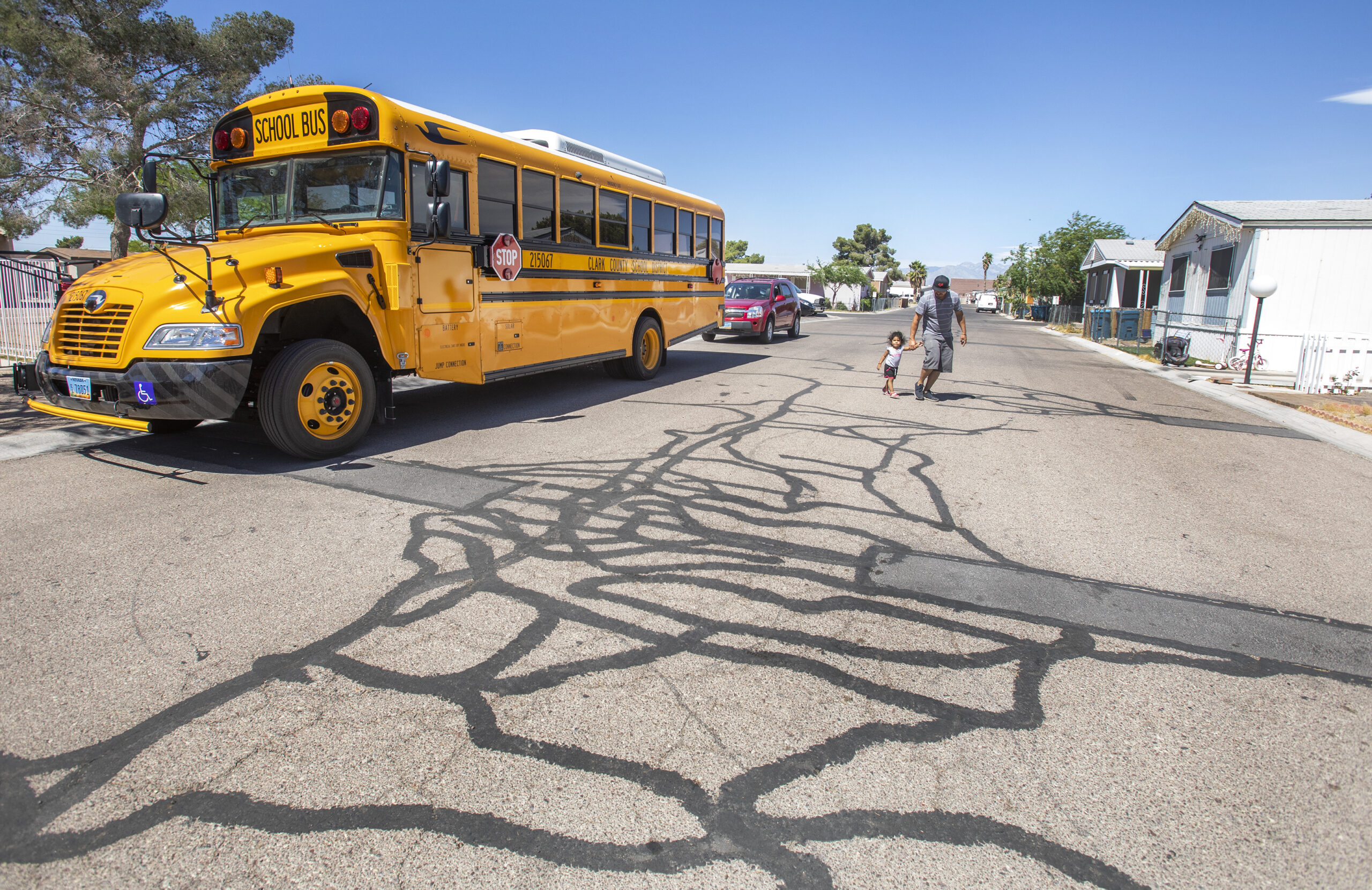The ‘how’ has changed, but our ‘why’ remains the same: Ensure kids stay in school and graduate

By Tami Hance-Lehr
As Nevada students anticipate the start of another school year — in whatever form that may take — much has changed in the usual preparation. But one thing remains the same — our collective goal to ensure every student graduates from high school college-, career-, and community-ready.
It’s no secret that Nevada has long lagged to get beyond 45th amongst other states in our ability to adequately educate all our children. While our overall rank is not one we can proudly claim, there are indicators that demonstrate forward momentum — including our statewide graduation rate.
Over the last decade, Nevada has seen a 14-point increase in its statewide graduation rate, an indicator of success despite the overarching narrative of our dismal aggregate rank. Within these gains, significant achievement and opportunity gaps still remain for students of color that call us to place equity at the center of every decision.
Many factors stand as barriers between the desk and the diploma: poverty, adverse childhood events, pressure to seek employment to contribute to household support, mental health challenges, transportation barriers and housing instability. While these aren’t excuses, they are the realities faced by many Nevada children.
The global health crisis, once-in-a-generation financial turmoil, and movement towards racial justice have all laid bare the truth that our families of color are at the intersection of many systems failing them — education, infrastructure, healthcare, and housing, to name a few. These truths are now being exacerbated by a pernicious virus, inequality, and systemic racism.
New research from McKinsey & Company cited in The New York Times shows students falling months behind academically during school closures, which may result in an increase of dropout rates—an estimated 232,000 high school students nationwide, including a disproportionate share of Black and Hispanic students.
As State Superintendent of Public Instruction Jhone Ebert offered in her July 9 presentation to the state Senate on proposed K-12 education budget reductions, “We have to leverage our collective capacity and resources for our students.”
For 16 years, Communities In Schools (CIS) of Nevada has leveraged the collective capacity of nonprofits, government and business by brokering public-private partnerships that deliver evidence-based programs and results for our students — particularly students of color, who comprise 88 percent of our case-managed portfolio. We know that when we meet our students’ needs, they succeed. And that’s what equity is all about — ensuring we do whatever it takes, no excuses, to educate our kids.
Take a look at data comparisons between seniors who receive case-management from a full-time school-based CIS employee versus those who don’t:
- Among Hispanic students we case manage, the graduation rate is 95.7 percent as compared to the statewide average of 82.95 percent for the same subgroup, a +12.75 percent net positive difference.
- Among Black students we case manage, the graduation rate is 95 percent as compared to the statewide average of 72.18 percent for the same subgroup, a +22.82 percent net positive difference.
- Among multi-racial students we case manage, the graduation rate is 93 percent as compared to the statewide average of 85.64 percent, a +7.36 percent net positive difference.
As the Legislature considers the state budget, districts develop plans to reopen schools, and parents, educators and students await the decisions our leaders make, we offer the following three recommendations:
- Create, sustain, and scale public-private partnerships. In times of economic downturn, philanthropists, government leaders, and corporations should collaborate to leverage shared resources and design solutions to meet the needs of the community during this trying time.
- Increase wraparound services that meet the needs of the whole child. Strain on our families, with unemployment at historic levels, means that households will be stretched beyond capacity. Before students can focus on learning, we must ensure we are meeting the basic needs of our kids — from eyeglasses to hot meals and everything in between.
- Place equity at the center of investments and decisions. As the governor, school district leaders, the Nevada Department of Education and the Legislature contemplate policies and investments, it is important to ensure they are looking at students’ needs — particularly students living in poverty and students of color. The opportunity gap has widened and we must do everything we can to close it.
We cannot settle for a system that only educates or graduates some of our kids. It must be all our kids. Either Nevada continues to make improvements in our statewide graduation rate or we trend backwards. Now is our time to rise to the occasion to get the job done.
Tami Hance-Lehr is the CEO & state director of Communities In Schools of Nevada
